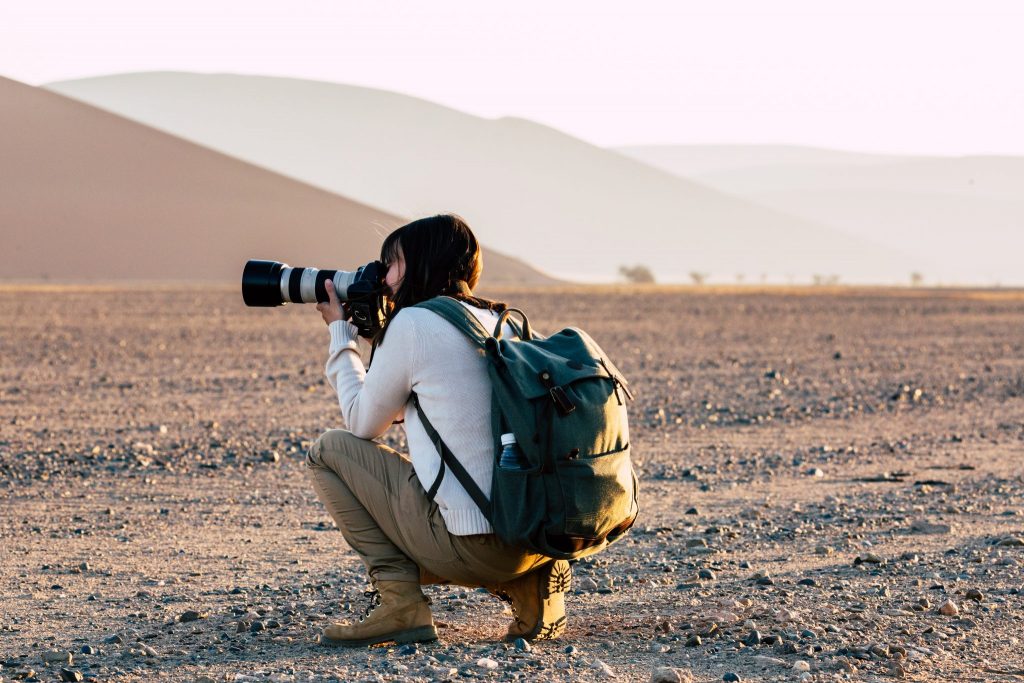Skift Take
Asian tourist behavior is changing, reflecting a more mindful — and responsible — traveler overall.
A sign that 2019 is drawing to a close is a flurry of reports by online travel companies predicting 2020 consumer trends based on searches. A scan of some of these reports shows a rising demand among Asian travelers for slow travel, as well as for solo trips and “microcations,” or short frequent mini travel escapes.
Asian tourists are looking a lot more private and quiet. Fear of missing out (FOMO) seems to have caused enough exhaustion — as if the daily grind in life isn’t enough.
Skyscanner’s APAC Travel Trends report shows slow travel as the type of trip that is most desired by travelers in 2020 (22 percent of searches). Like the slow food movement, slow travel prioritizes not just a more leisurely way to travel — think long walks and non-scheduled activities — but also mindfulness of the tastes, colors, and local characteristics a destination offers.
The highest percentage of Asian travelers who yearn for slow travel in 2020 are South Koreans (31 percent), Hong Kongers (29 percent), Taiwanese (28 percent), and Japanese (27 percent), perhaps not too surprising given the socioeconomic and political tensions that have rocked North Asia this year.
Short but Needed
The need for escape is also seen in a rise of microcations (12 percent of searches). Travelers who are into these micro escapes take short trips throughout the year for a breather without having to sacrifice family or work commitments. These trips could be in the form of hiking, camping, or weekend getaways closer to home, according to Skyscanner.
Microcations are most popular among Taiwanese (17 percent), Singaporeans (15 percent), Indians (14 percent), Hong Kongers (12 percent), and Australians (11 percent), Skyscanner’s report shows.
Expedia, which has also noted an increase in Asian microcationers, believes the trend is expected to continue its growth across Asia-Pacific in 2020 and beyond. It attributes this to the region’s “affordable and accessible travel options to meet a variety of solo, family, and group traveler needs.”
Expedia reports that Asian travelers take an average of five microcations a year, compared to two by Western counterparts. Its 2019 HomeAway traveler demand data shows Christmas and New Year’s Eve as the most popular public holidays to take a long weekend microcation.
Escape Alone
It appears that more Asians not just want to escape more often, but they also want to do it alone. Solo travel is the second most popular trip type in Skyscanner’s report, after slow travel.
A Klook study done by YouGov, which polled 21,000 respondents across 16 countries, even shows that Asian solo travelers are leading an uptick in solo travel globally by a wide margin.
Between 69 and 93 percent of Asian travelers have either traveled solo in the past or say they are open to the idea. In Western countries, by comparison, that number hovers at 60–69 percent, according to Klook’s study.
When asked about their reasons for flying solo, half of the Asian respondents said they wanted to enjoy uninterrupted “me time” or reward themselves, which suggests to Klook that travelers value their independence more than ever.
This is of course great news for the in-destination tours and activities platform, which is on a mission to eliminate solo travel’s impediments. It says fear of loneliness and safety concerns are chief among them; Klook is taking measure such as increasing activities that connect solo travelers to other travelers in unforgettable experiences and making planning and booking easy and seamless.
“It is exciting to see such a strong desire for solo travel across so many demographics,” said Eric Gnock Fah, chief operating officer and co-founder of Klook. “Interestingly, we have observed a surprising contrast where travelers are seeking more ‘me time’ and yet are worried about being lonely, resulting in a love-hate relationship with solo travel. But solo travel does not have to be lonely.”
Joy of Missing Out
None of the studies dwell deeply on reasons for an increase in slow travel, solo travel, and micro escapes. Our theory is that this is a further maturing of the Asian tourist, along with the pressures of slower growths in the economies of the region and increased awareness of issues such as overcrowding and sustainability.
Skyscanner’s report, for instance, shows that trips inspired by social media, which was among the top motivators for travel in 2018, recorded the biggest drop of 44 percent this year. Instead, JOMO (Joy of Missing Out) has replaced FOMO, with searches for less-crowded destinations such as Uzbekistan and Georgia at second highest (14 percent), tying in with solo travel searches.
On the other hand, the number of Asian travelers indicating that they would like to travel more sustainably in 2020 jumped 82 percent from 2019, according to Skyscanner. These include choices that mitigate the environmental impact of travel such as offsetting carbon emissions, visiting destinations that are culturally and environmentally responsible, supporting local establishments, and only taking public transport, walking, or cycling to better experience the destination.
Likewise, Expedia sees sustainable travel as another key trend that will continue to define travel in 2020 and beyond.
The Daily Newsletter
Our daily coverage of the global travel industry. Written by editors and analysts from across Skift’s brands.
Have a confidential tip for Skift? Get in touch
Tags: 2020 travel trends, asian travelers, expedia, Klook, skyscanner
Photo credit: The joy of traveling alone. Klook
